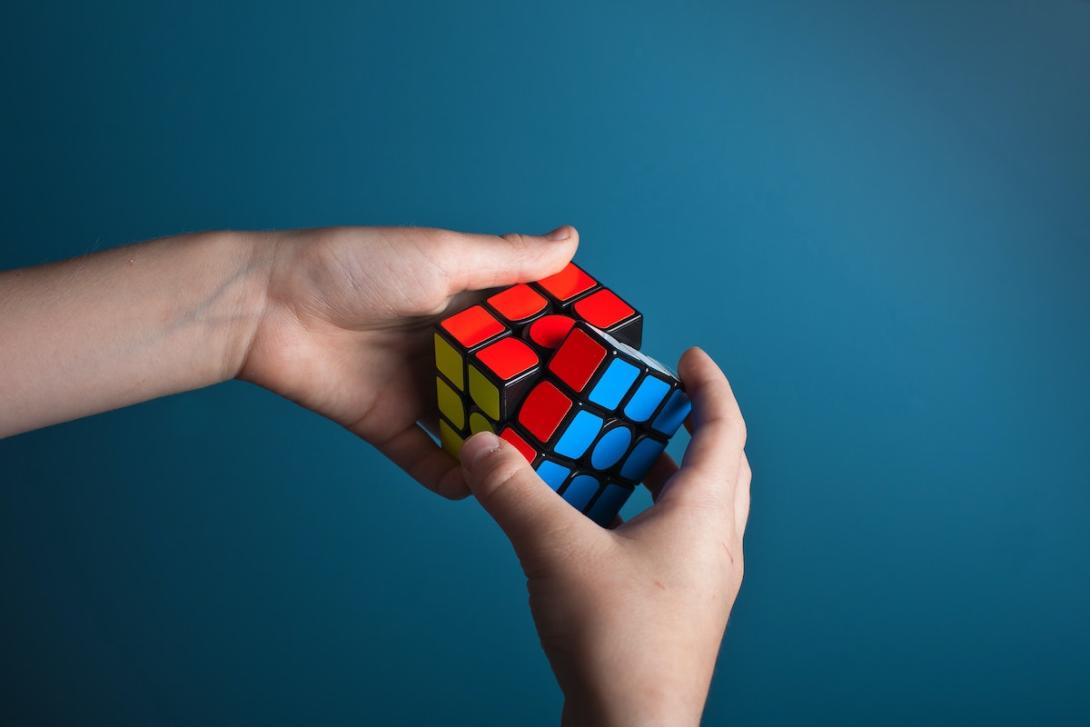The makeSPACE blog
PART 2 OF 2: HOW REFLECTION MAKES SPACE FOR CREATIVE ENGAGEMENT
More on Reflection
Reflection is a core practice throughout makeSPACE arts integration strategies.

We envision reflective practices as feedback loops that make learning visible for students and teachers. This has huge benefits for students, such as agency in learning and meta-cognitive skills.
These makeSPACE Reflective Routines offer an entry point for arts-integrated reflection in any content area. They also provide scaffolding for more complex reflective thinking. For example, in science class, a simple routine like “I notice… I appreciate… I wonder…” can become the framework that students use to discuss sculptural 3D models of a science concept during group critique.
During makeSPACE arts integration, students are guided through reflection in action and reflection on action (see Donald Schön’s book the Reflective Practitioner for more on this distinction).
In the Theater Arts Integration Strategy, students begin with exercises such as ‘Walk & Freeze’, which contains pauses for reflection in action. This means students think about their actions as they are making them, and build on that awareness throughout the exercise. Similarly, when collaborating with peers to create a frozen frame scene with their bodies, or a Tableaux Vivants, students frequently pause and consider the choices they are making: What is working? What could be more interesting or effective?
Having practiced reflection in action, makeSPACE students are primed for more retrospective reflection (reflection on action). Using the theater integration example, this can include linking students’ felt experience during Tableau with the content being explored. We might ask How did you feel when expressing this moment from history through your body? How did making a tableau help you understand this historical moment in a new way? As one student has shared in the past, “its like we were there…” (Check out this chapter exploring the experience of three teachers using tableau and the emotions it can evoke in students and teachers alike).
A simple formula used by experiential educators to frame reflection questions is: What? So what? Now what? (Rolfe et al. 2001). MakeSPACE teachers build on this general framework when designing questions that guide student reflection on a creative process.
What? (Factual, What happened during the creative process?)
- Describe choices (materials, colors, shapes, sounds, behaviors…)
- Explain choices related to content.
- Describe mistakes or challenges.
So what? (Why does it matter? What does it mean?)
- How did working through mistakes/challenges make you feel?
- What about this process surprised you?
- What did you learn about the content, your collaborators, or yourself?
- How has your perspective/understanding changed through this creative process?
- What new skills did you learn?
Now what? (How might this apply to future experience? How do we move forward from here?)
- What new questions have emerged?
- What follow-up is needed?
- If you were to do this again, what might you do differently? If you could continue working on it, what would you add or change?
- How might you apply what you learned during this process to your next creative challenge?
- How does what you learned about collaborating on a creative project apply to your relationships with friends, family members, and others in your life?
In a recent study, we found that students’ ability to reflect on their creative process, also called creative metacognition, was the strongest determinant in how their creative potential led to creative production. Skills at reflection matter, and they take practice. MakeSPACE students are often asked to articulate how they applied their unique creative resources to a task, by writing an artist statement. Check out these artist statement guidelines. A simplified version of this can be used alongside something as simple as a ‘Selfie’ or as a final reflection after a multi-day creative process. Give it a try. Let us know what happens.
What is a reflective practice you already use in your teaching? How does this practice benefit your students? How can you imagine using one of the makeSPACE Reflective Routines in your classroom?
